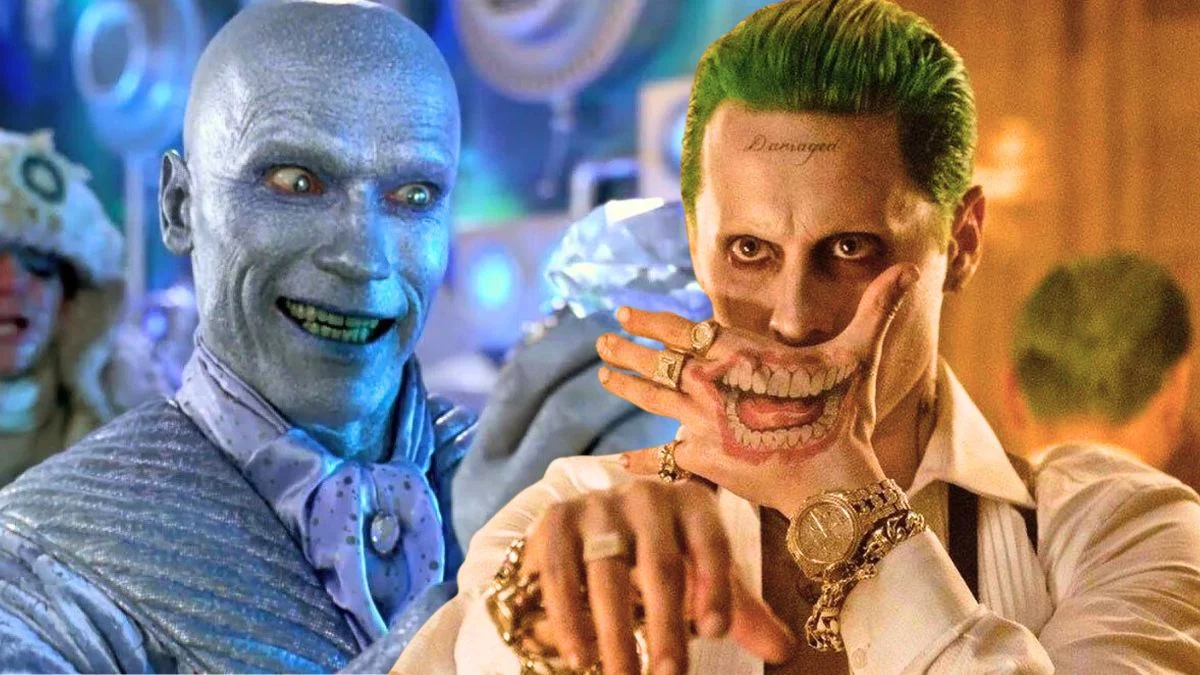
Superhero movies succeed or fail based on how well fans connect with the actors playing their favorite characters, and sometimes the right casting choice can completely change a film. This article explores casting decisions that led to significant changes – from script rewrites and altered designs to new marketing strategies and even entire franchise overhauls. We’ll look at how each actor was chosen, what adjustments were made during filming, and how both audiences and the studio responded. It shows just how much impact a single casting decision can have on a whole movie or series.
Halle Berry as Catwoman
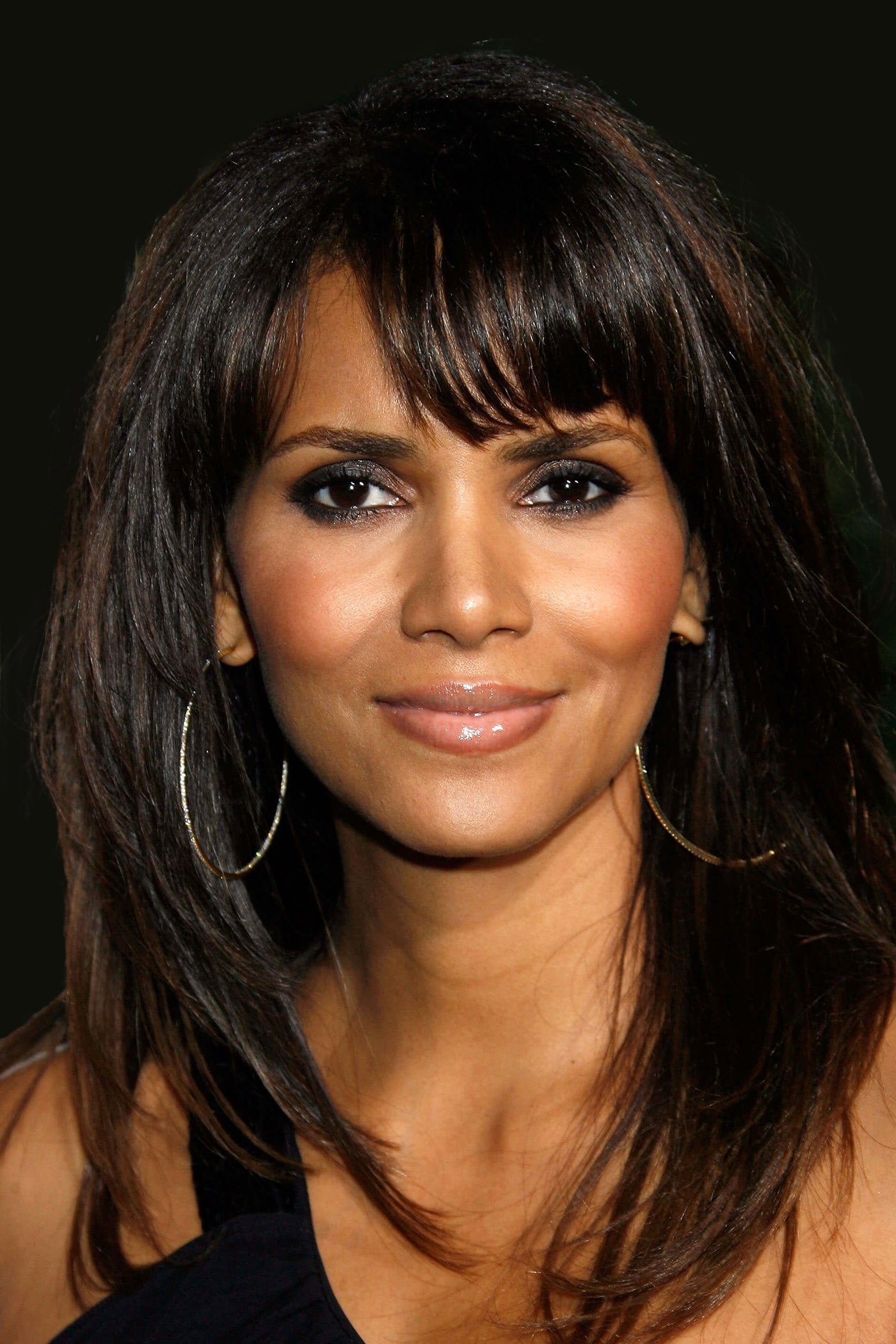
After the Batman movies temporarily stopped in the early 2000s, Warner Bros. hoped ‘Catwoman’ would launch a new franchise. However, the film drastically changed the character from the comic books, which caused problems with how it was marketed and what audiences expected. Halle Berry famously accepted a Razzie Award for her performance and openly discussed the movie’s poor reception. Ultimately, the film’s failure caused the studio to rethink its approach to making DC movies with female leads for many years.
George Clooney as Batman

‘Batman & Robin’ was a more playful movie, heavily influenced by its tie-in toys, which impacted everything from the costumes to the sets. George Clooney became Batman after the previous actors left, and he played Bruce Wayne as more charming than the brooding, dark hero we’d seen before. The film didn’t do well at the box office, which led to a long break for the Batman movies and a complete re-evaluation of the character. Clooney has openly talked about the film over the years and recognizes its place in movie history.
Arnold Schwarzenegger as Mr. Freeze

‘Batman & Robin’ focused on featuring popular actors, and a significant part of the film’s budget went towards creating the elaborate effects and costumes for the villain Mr. Freeze. His character was written with lots of quick, catchy lines to appeal to a broad audience. The complex makeup and cooling suits needed for the role caused difficulties during filming. Ultimately, this interpretation of a Batman villain impacted how similar characters were developed in later Batman movies.
Jared Leto as Joker

The Joker in ‘Suicide Squad’ was presented with a distinct style, featuring an actor deeply immersed in the role, a unique look, and a visual style similar to music videos. A lot of filmed material ended up being cut from the movie, impacting how much of the character audiences actually saw. Despite appearing briefly, marketing emphasized the Joker as a key part of the film. This version of the Joker wasn’t carried forward in later movies, but it inspired separate explorations of the character.
Jesse Eisenberg as Lex Luthor

In ‘Batman v Superman: Dawn of Justice,’ Lex Luthor was portrayed as a young, modern tech entrepreneur who behaved like someone constantly connected to social media. The actor wasn’t presented as a typical, old-fashioned business leader. The performance highlighted a new approach to the character through his way of speaking, his physical presence, and his history. However, future DC movies chose different approaches to villains instead of building on this version of Lex Luthor.
Topher Grace as Venom
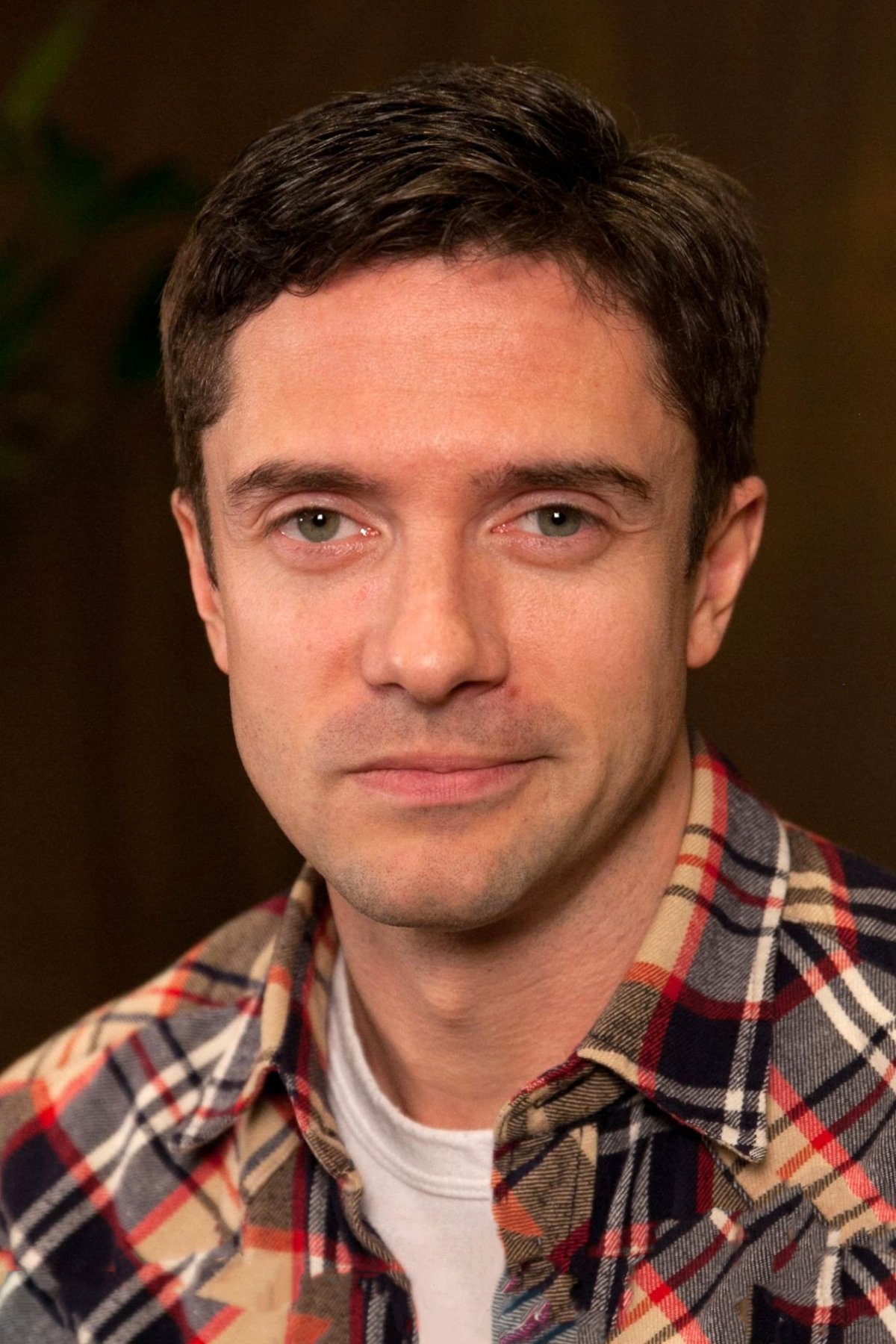
The third Spider-Man movie included Venom because producers really wanted the character, even though the director had different ideas. This meant the film had to juggle several villains, which didn’t give Eddie Brock’s story enough room to develop. The filmmakers had to share screen time between Venom, Sandman, and the New Goblin. Eventually, Sony decided to give Venom his own series of movies, allowing them to fully explore the character.
Jamie Foxx as Electro

The movie ‘The Amazing Spider-Man 2’ reimagined the villain Electro, giving him a fresh backstory and a striking blue appearance. However, the film tried to juggle too many storylines that ultimately didn’t lead anywhere. When Electro reappeared in ‘Spider-Man: No Way Home,’ he had a completely different look and a simpler, more focused goal. This change showed how updating a villain’s design and personality can make them appealing to a new generation of viewers.
Dane DeHaan as Green Goblin
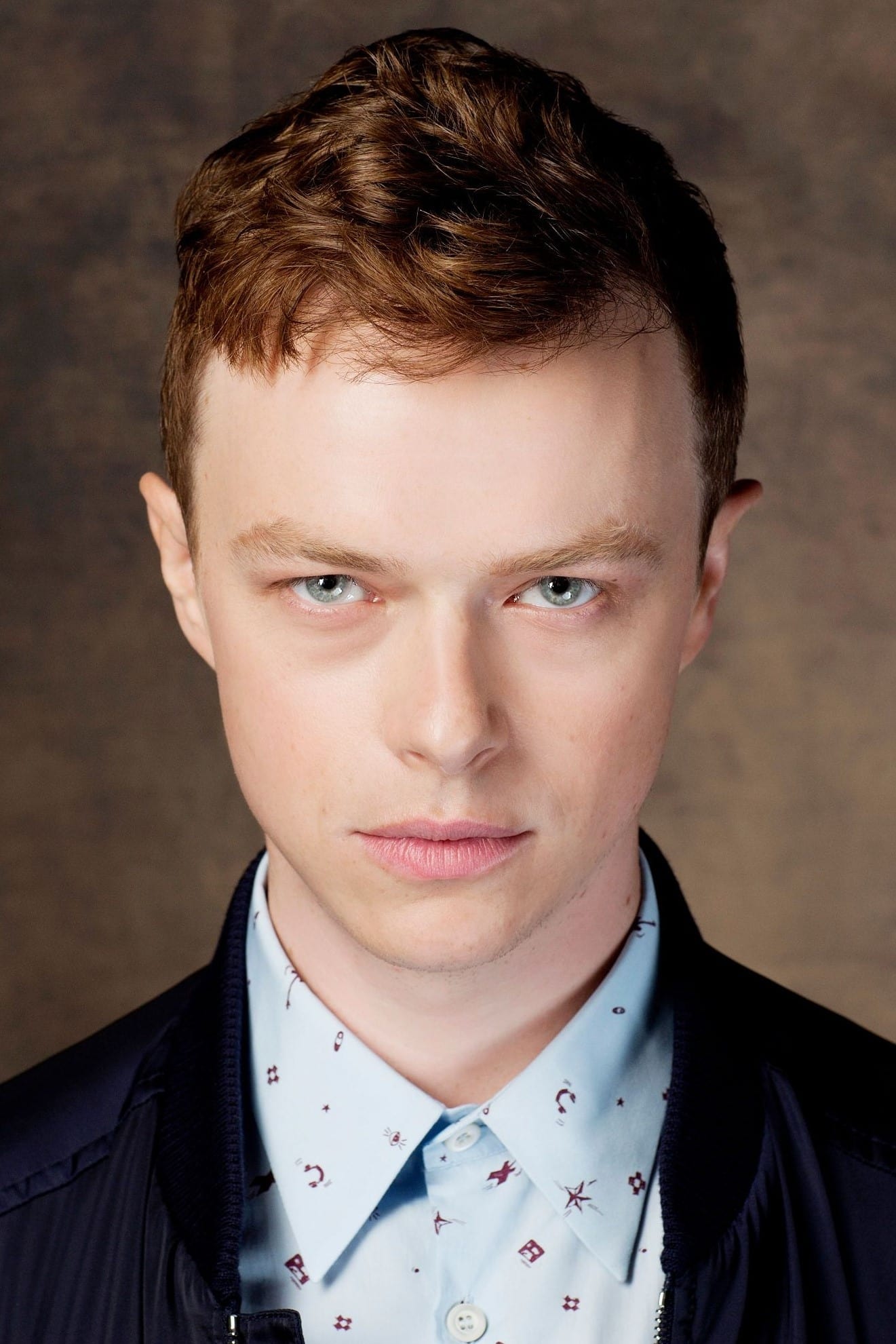
The movie featured Harry Osborn and his journey, while also setting up potential storylines for future films. Instead of a mechanical suit, the filmmakers used makeup and prosthetics to make the Goblin look more organic and creature-like. However, Harry’s personal story had to compete with a larger plot involving a company conspiracy and revelations about his father. When the studio decided to go in a different direction, plans for continuing these storylines were cancelled.
Ben Affleck as Daredevil

Released in 2003, this film came out before the trend of shared superhero universes and stood out with its moody tone and soundtrack. It packed a lot of the character’s important comic book storylines into one movie, including his relationship with Elektra and his fight against Kingpin. An extended version, overseen by the director, was later released to give more attention to certain plotlines. The character proved popular enough to appear in a television series and eventually return to the big screen with a new actor.
Ryan Reynolds as Green Lantern
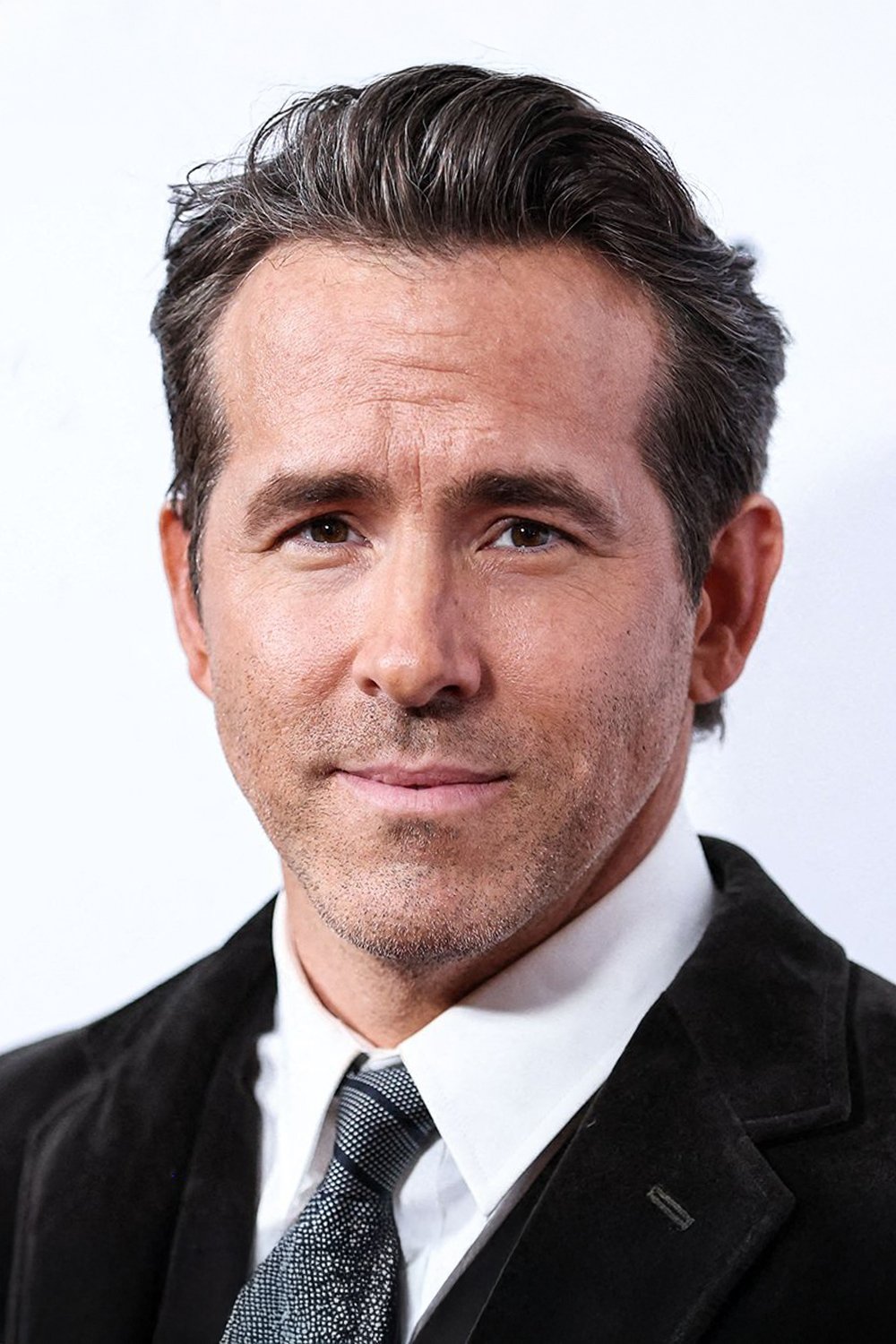
The movie ‘Green Lantern’ relied heavily on computer-generated imagery to create both the hero’s suit and the vast, otherworldly environments. The filmmakers developed the planet Oa, the Green Lantern Corps, and the villain Parallax, while also showing how the hero’s story began on Earth. Although marketing focused on the impressive visuals, the film didn’t perform well enough to warrant any sequels. The character later reappeared in other projects, and the lead actor went on to play a different superhero.
Jessica Alba as Sue Storm
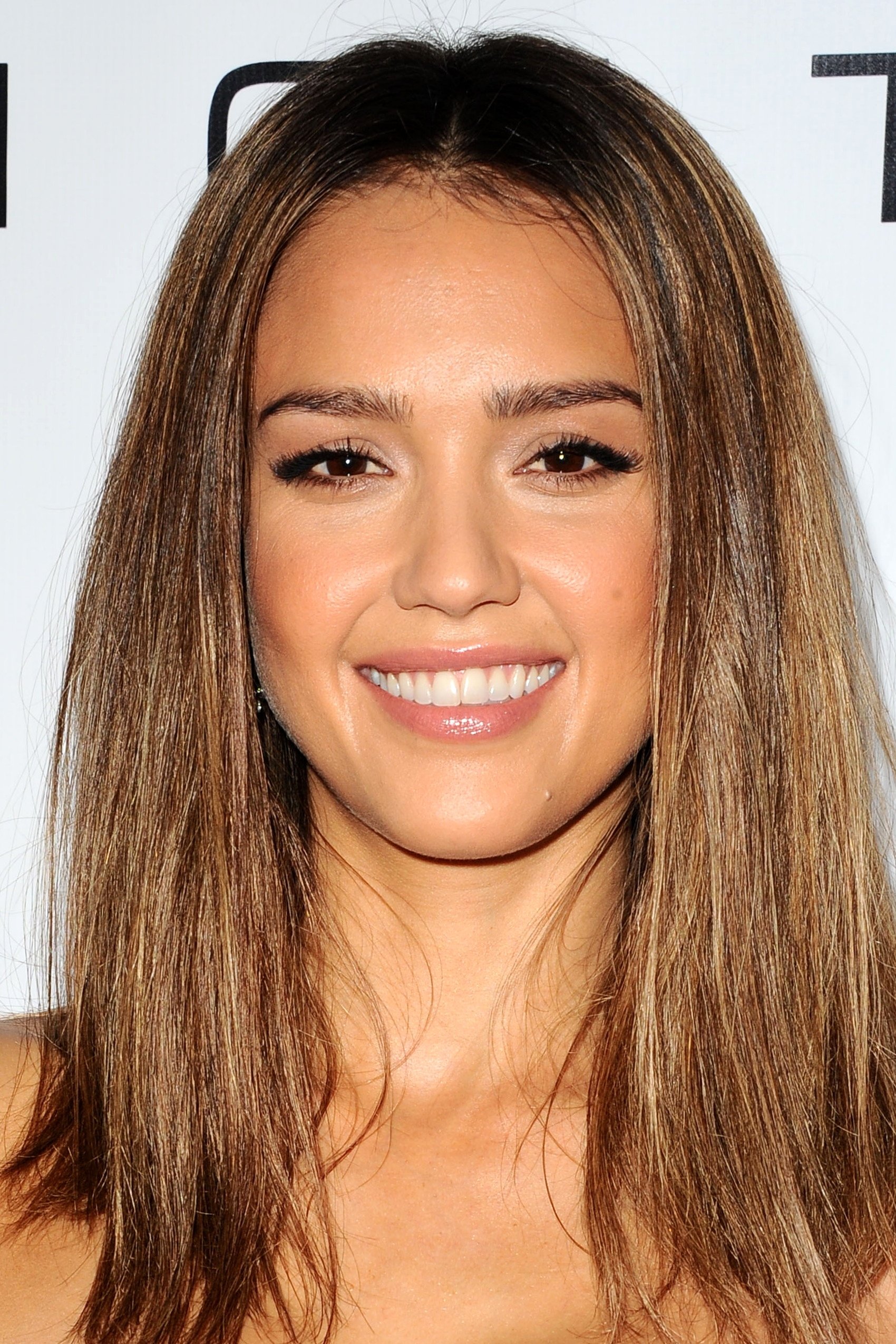
The ‘Fantastic Four’ movies from the mid-2000s aimed for a lighthearted, family-friendly feel with lots of colorful effects and focused on the team working together. Jessica Alba’s character, Sue Storm, had storylines that touched on fame and building the ‘Fantastic Four’ brand. These films emphasized showing off the heroes’ abilities and developing their relationships more than complex scientific details. Later, the series was completely restarted with a new cast and a much different approach.
Toby Kebbell as Doctor Doom
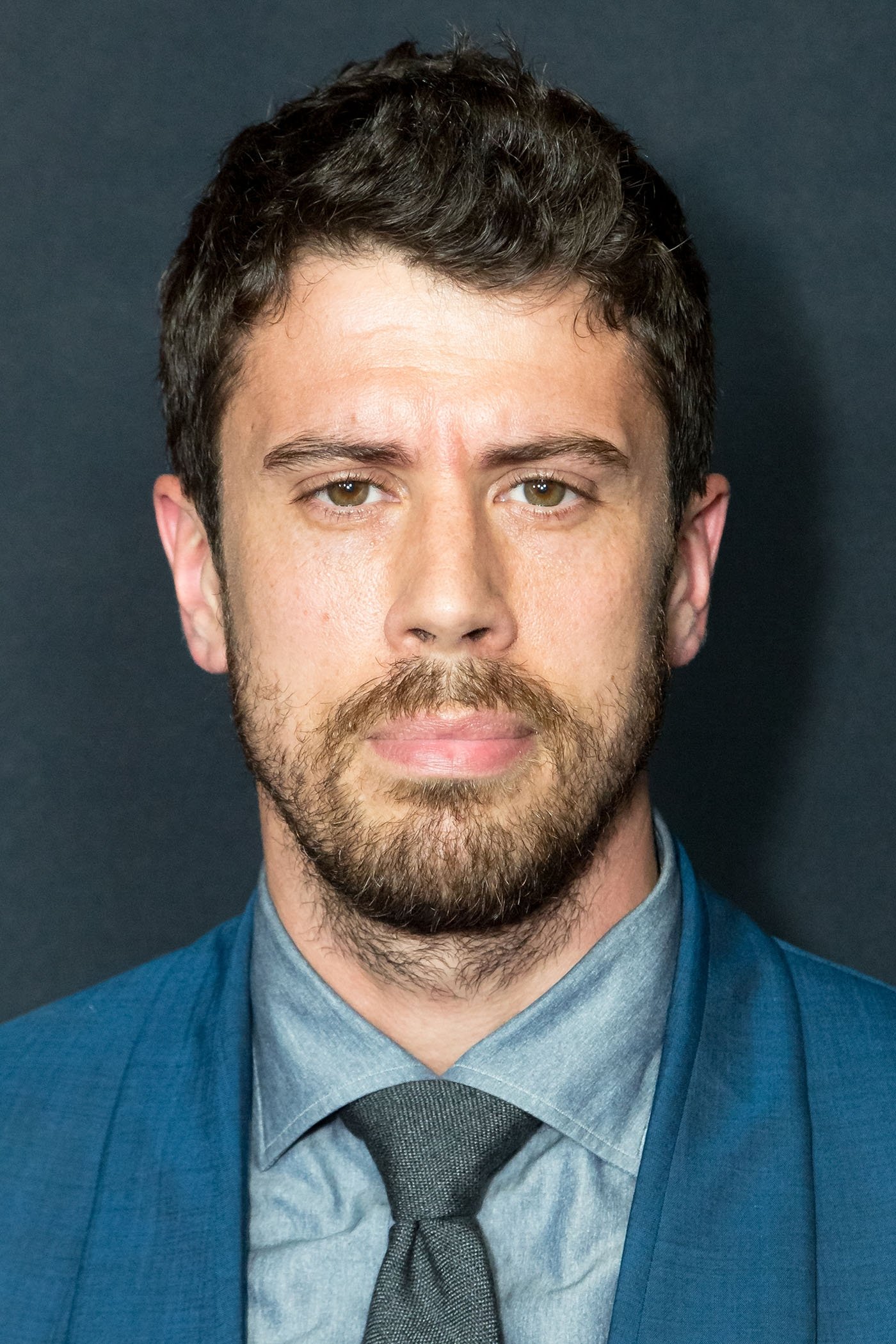
The 2015 ‘Fantastic Four’ movie reimagined Victor Von Doom, giving him a backstory connected to another dimension. The film went through several changes during production, including reshoots and alterations to Doom’s appearance. While the first half of the movie was realistic and detailed, the final showdown felt rushed and didn’t fully explore the villain’s motivations. As a result, plans for using Doom in future films were moved to different projects, separate from this version of the story.
Miles Teller as Reed Richards
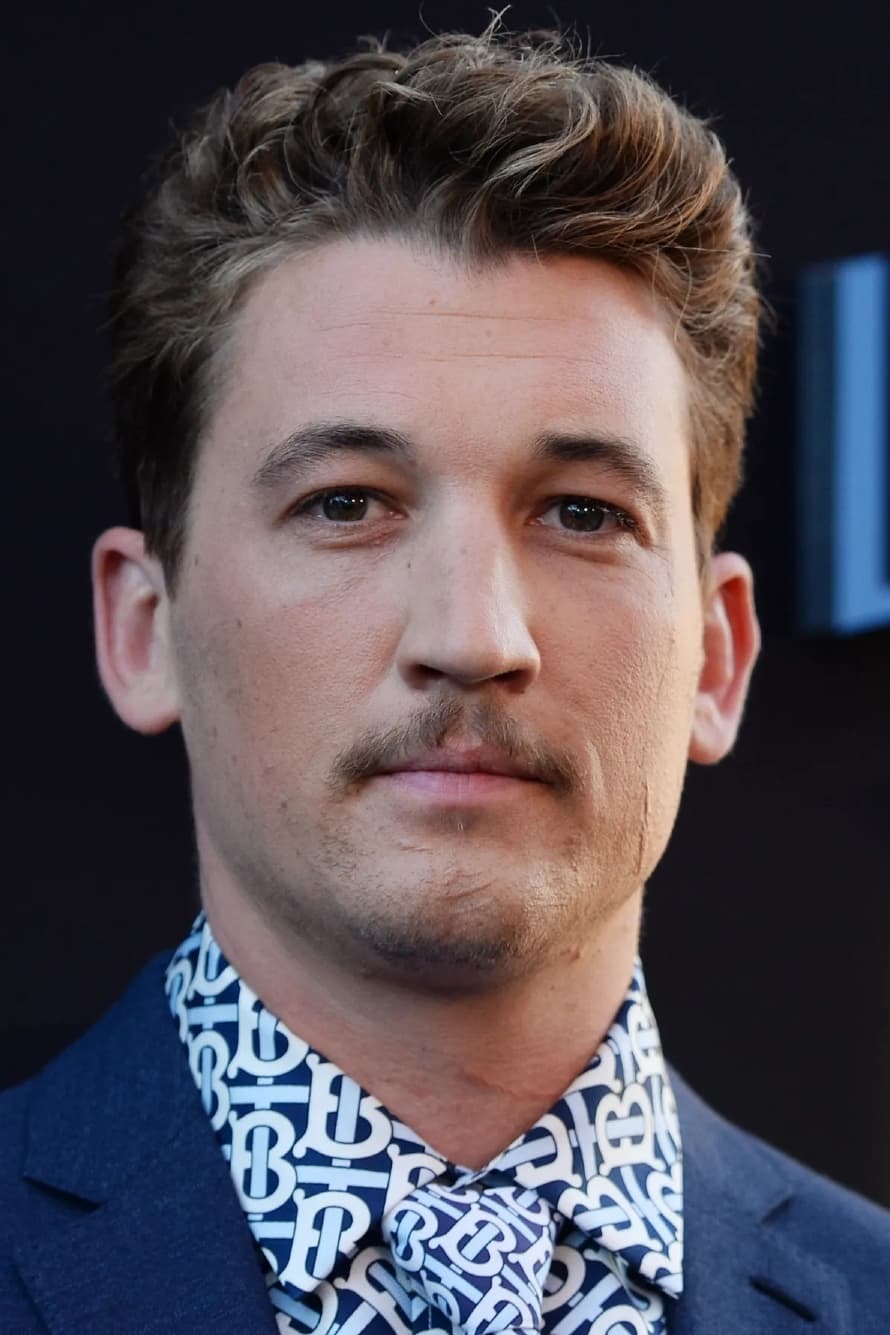
The recent reimagining of the character showed him as a brilliant young scientist discovered at a science fair. The story heavily featured disturbing physical transformations as his powers developed following a risky experiment. Interference from the studio and extensive reshoots changed the movie’s feel and speed in the second half. Later versions of the team went in a completely new direction, with a fresh cast of actors.
Jamie Bell as The Thing
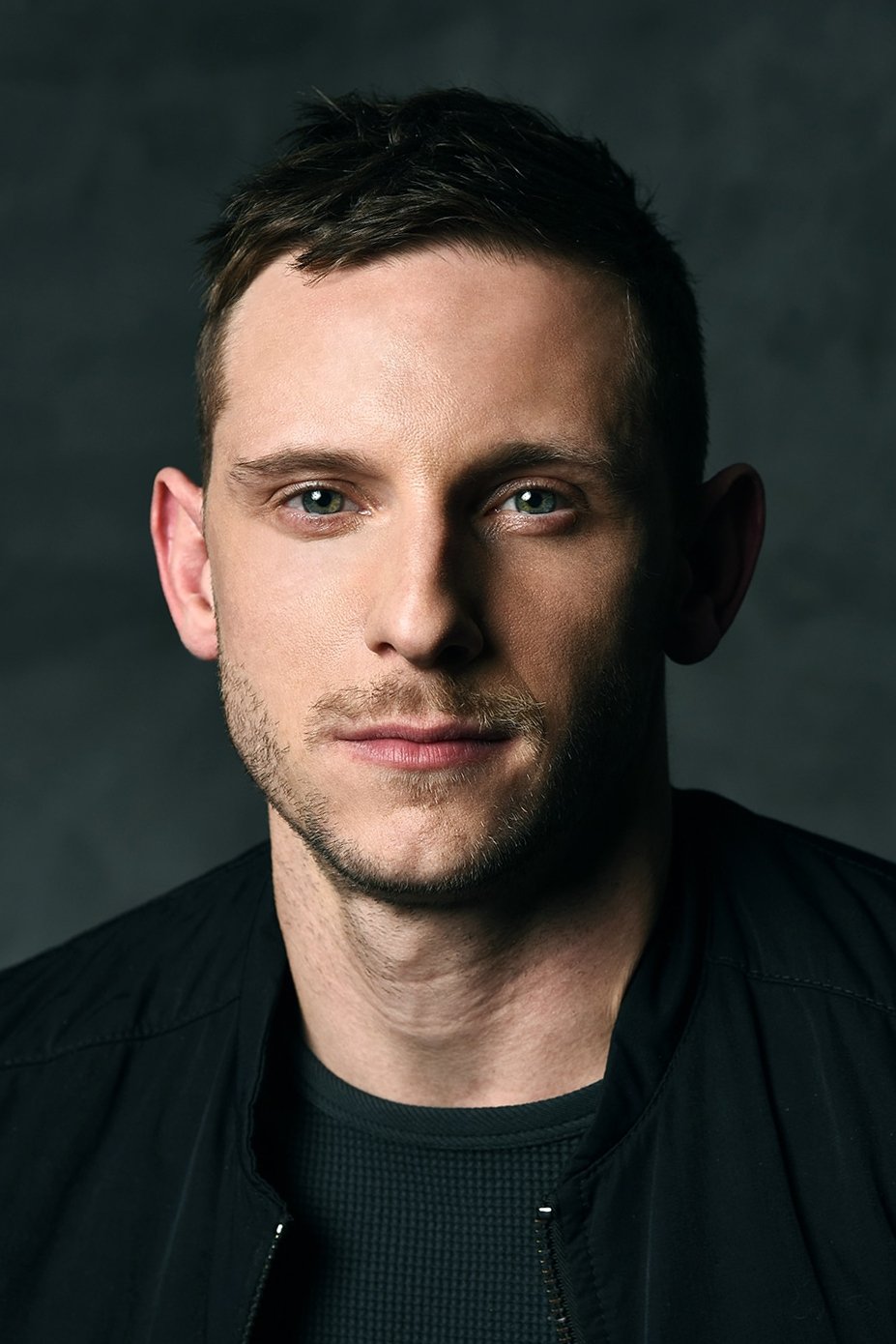
The filmmakers used motion capture and digital effects instead of traditional prosthetics to create a fresh look for The Thing. The script reimagined Ben Grimm as a soldier after the team started working for the government. The character’s dialogue was reduced from earlier iterations. Eventually, there were ideas to redesign the character’s appearance for future appearances.
Oscar Isaac as Apocalypse
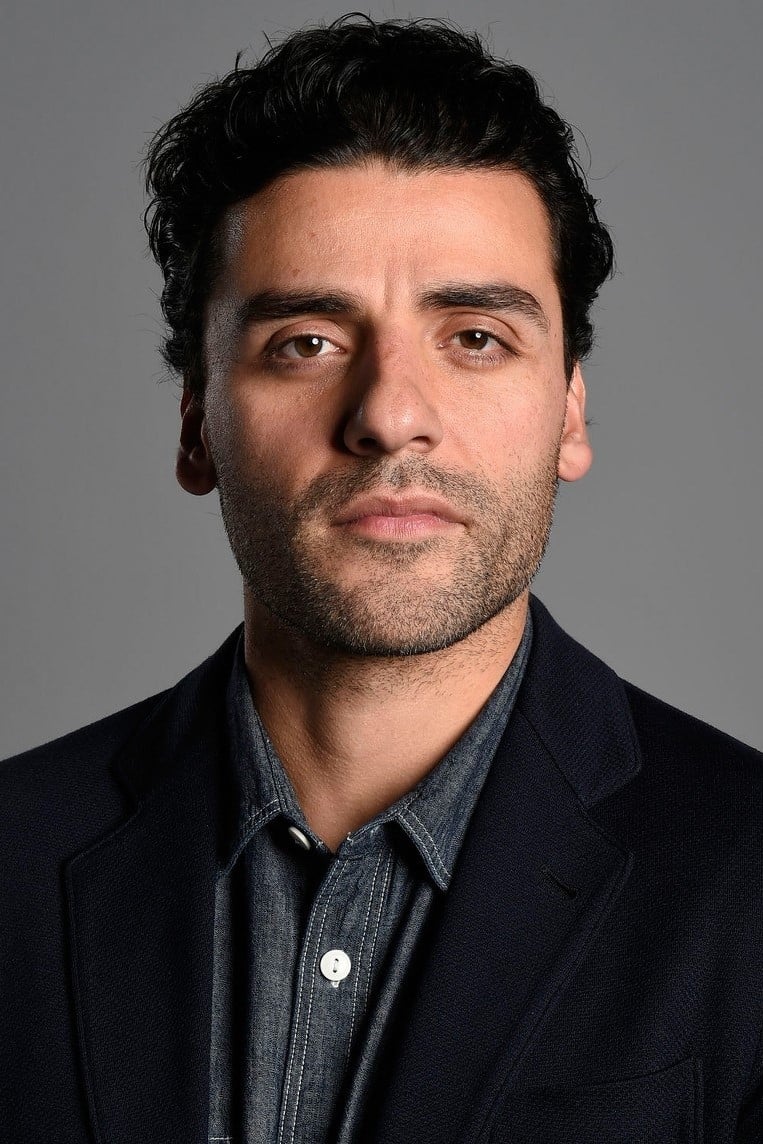
Creating the ancient mutant in ‘X-Men: Apocalypse’ required a lot of prosthetics and costumes, which made it difficult for the actor to move and speak. Initial promotional photos led to changes in the movie’s colors and the design of the costumes. The plot featured several storylines involving the villain’s powerful followers, alongside the younger versions of the X-Men. Future X-Men movies moved away from this villain and began building toward a conclusion for the series.
January Jones as Emma Frost

‘X-Men: First Class’ revamped the series’ history and established Emma Frost as an important figure connected to the Hellfire Club. The movie cleverly combined her diamond-themed powers with the style of the time, including costumes and spy elements. Because the film featured a large cast and focused on the Cold War, Emma Frost’s screen time was limited, and she didn’t appear in later ‘X-Men’ movies.
David Harbour as Hellboy
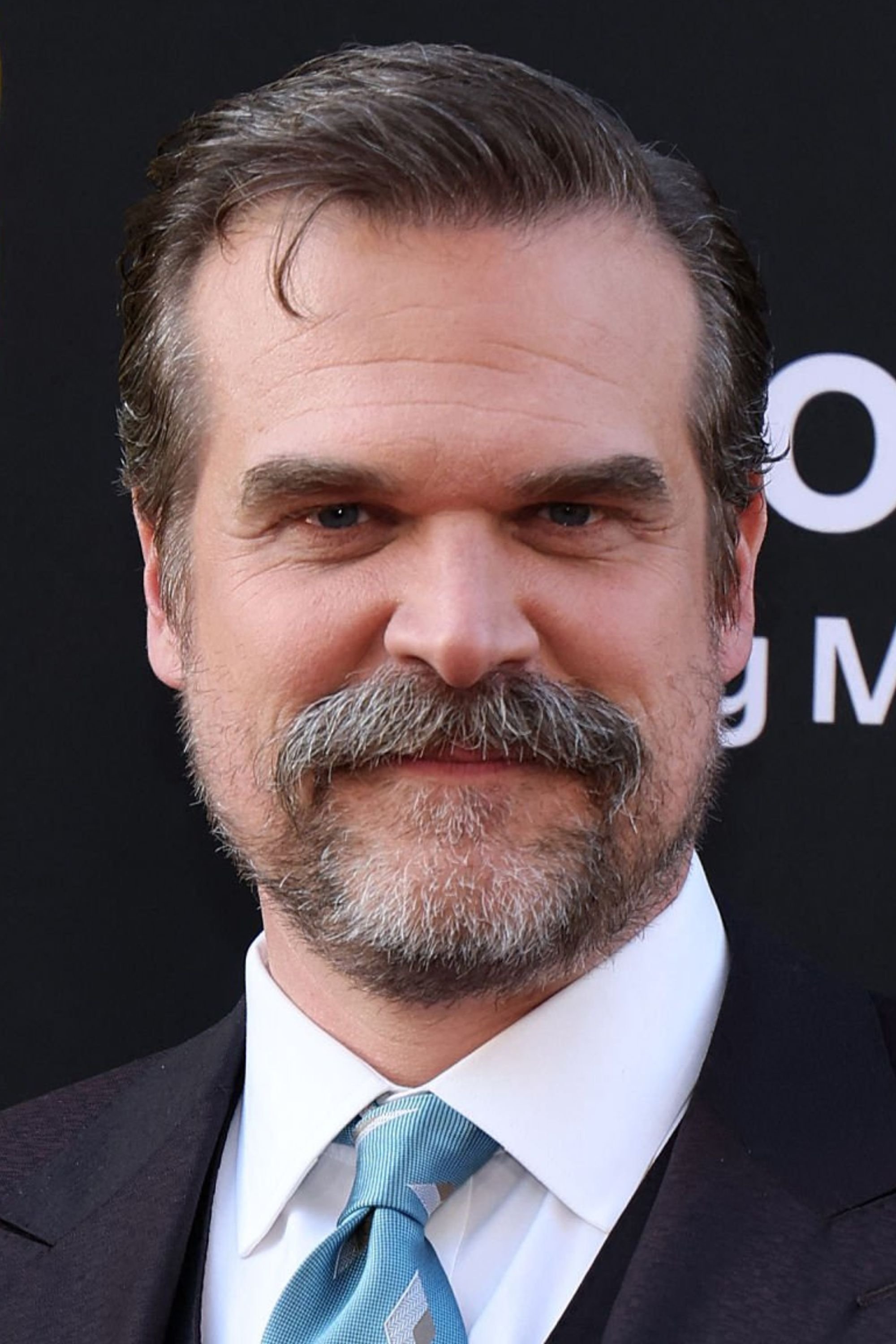
The 2019 film was a fresh start, intended to be more faithful to the original comic books and geared towards mature audiences with an R rating. Filmmakers focused on realistic makeup and practical effects for the monsters and characters. Unlike the previous two films, it featured a completely new director and cast, resulting in a different style and sense of humor. Unfortunately, disappointing ticket sales meant that any plans for sequels were cancelled.
Alicia Silverstone as Batgirl
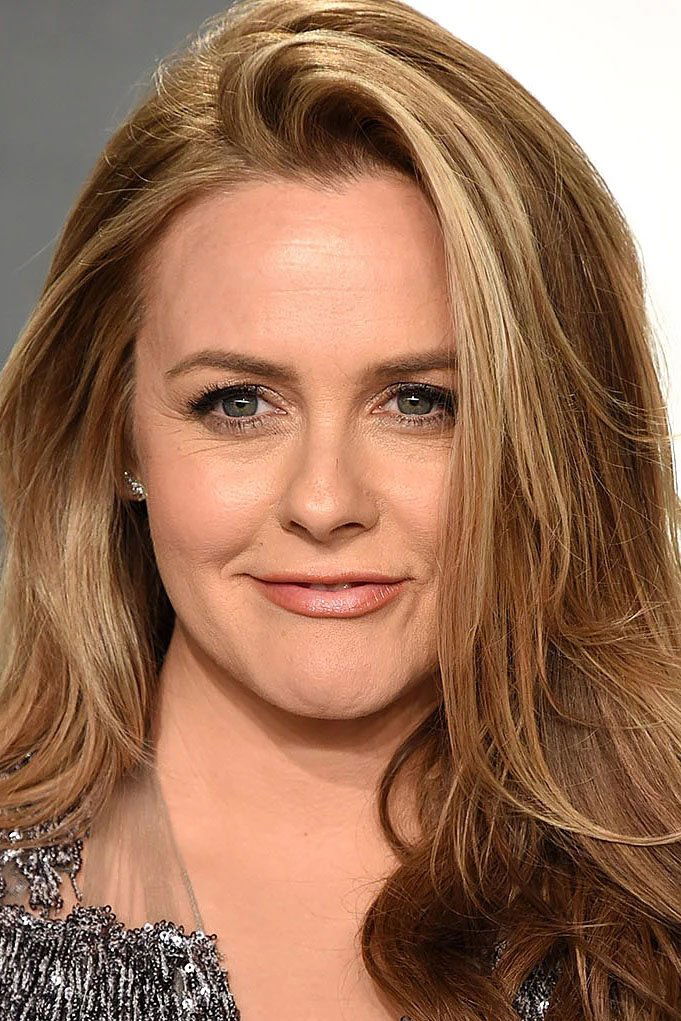
In ‘Batman & Robin,’ the character of Barbara Gordon was reimagined with a new origin story that removed her connection to Commissioner Gordon. Her costume and fight scenes were designed to fit the movie’s colorful, toy-like style. The filmmakers prioritized large action sequences over developing her character’s personal story. Batgirl didn’t appear in any further movies within that same storyline.
Shaquille O’Neal as Steel
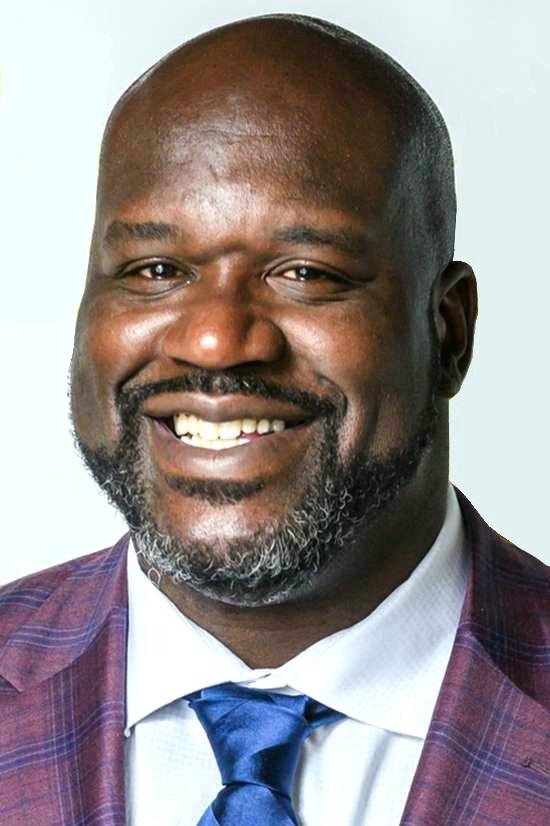
The movie ‘Steel’ featured a DC Comics hero stepping up after Superman disappeared, but it wasn’t connected to any other superhero films. Made on a relatively small budget, the film had limited special effects and costume design. Marketing heavily relied on Shaquille O’Neal’s popularity as a basketball star to attract audiences. Unfortunately, the film didn’t perform well enough to warrant any sequels or further development of a franchise.
Jared Leto as Morbius

Sony introduced the character Morbius as part of its Spider-Man universe, hinting at connections to that world in the movie’s trailers. However, the film’s release date changed several times, which hurt its marketing and what viewers expected. The special effects focused on showing Morbius’s quick movements and how his face changed. The movie generated a lot of discussion online, and that buzz actually led to Sony giving it a second release in theaters.
Share the picks you think truly missed the mark and which roles you’d swap out in the comments.
Read More
- Bitcoin’s Ballet: Will the Bull Pirouette or Stumble? 💃🐂
- Can the Stock Market Defy Logic and Achieve a Third Consecutive 20% Gain?
- Dogecoin’s Big Yawn: Musk’s X Money Launch Leaves Market Unimpressed 🐕💸
- Deepfake Drama Alert: Crypto’s New Nemesis Is Your AI Twin! 🧠💸
- LINK’s Tumble: A Tale of Woe, Wraiths, and Wrapped Assets 🌉💸
- SentinelOne’s Sisyphean Siege: A Study in Cybersecurity Hubris
- XRP’s Soul in Turmoil: A Frolic Through Doom & Gloom 😏📉
- Binance’s $5M Bounty: Snitch or Be Scammed! 😈💰
- Ethereum’s $140M Buy: Will It Save Us? 😱
- ADA: 20% Drop or 50% Rally? 🚀💸 #CryptoCrisisComedy
2025-11-12 22:49